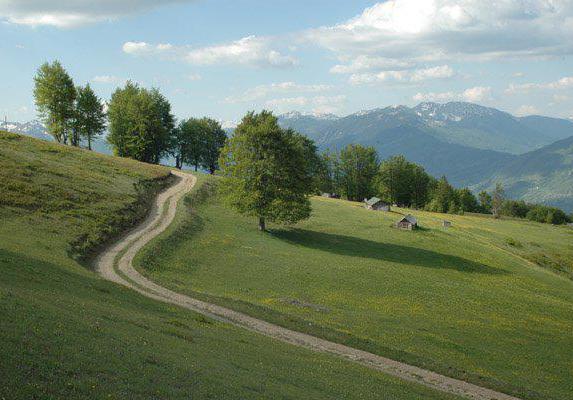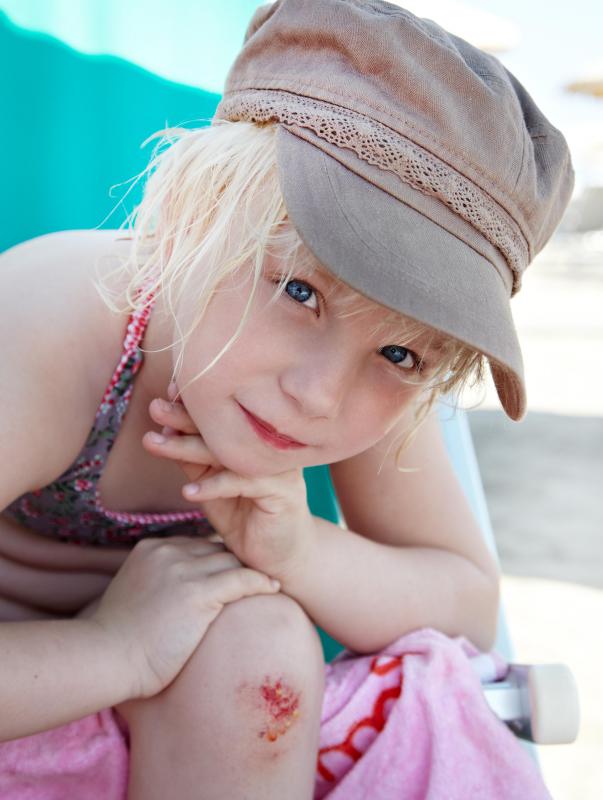At HomeQuestionsAnswered, we're committed to delivering accurate, trustworthy information. Our expert-authored content is rigorously fact-checked and sourced from credible authorities. Discover how we uphold the highest standards in providing you with reliable knowledge.
What is Tarmac Paving?
Tarmac paving is a type of paving that uses tar modified with pitch, resin, and portland cement to bind uniformly sized gravel particles. It is very similar to asphalt, which has supplanted it as the most common paving material in recent decades. The word Tarmac is a registered trademark of the Tarmac company, but is often used, albeit incorrectly, to describe any type of pavement.
Developed and patented in 1901 by an English businessman, E. Purnell Hooley, Tarmac is a shortened form of the word tarmacadam, referring to its origin as an improvement on macadam roads originally developed by John McAdam in the 1800s. Macadam roads were constructed using layers of gravel on a level road bed; larger particles were laid down first, followed by layers of successively smaller particles. While good for foot, horse, and wagon traffic, they were unsuitable for motorized vehicles due to problems wear and huge amounts of dust raised by passing vehicles.

Modern asphalt is an evolution of Tarmac paving, but uses asphalt as a binder instead of tar. Tarmac paving also uses the macadam process of layers of varying particle size, while asphalt paving uses one mixture of particles that vary slightly in size but are not layered. Both use petroleum derivatives for the base of the binder mixture, but tar and asphalt differ in composition.

Tarmac paving was once very common as a road surface and was also commonly used as a material for paving other areas like airport runways, terminal ramps, and "aprons." Tarmac paving is not as durable or as hard as modern concrete or asphalt concrete surfaces, and with the development of very large airplanes and heavier surface vehicles like large trucks, it has proven unsuitable for modern runways and roads. Tarmac paving is still used in a variety of applications, however, like residential driveways, paths, and playgrounds.

Modern technology has allowed for the improvement of Tarmac paving in several ways. The binding mixture has been improved over the original giving increased wear and durability. Methods for coloring the top layer for decorative purposes allows for a wide variety of different pigments. Slightly varying particle size in the aggregate base results in different finishes to the paving.

The word "tarmac" has evolved over the decades since its invention. While the word should properly be capitalized due to its status as a registered trademark, it is commonly used in the lower-case form. Many types of surfaces are still referred to as "tarmac" whether they are actually Tarmac or not, especially airport runways and roads. Americans sometimes also refer to Tarmac and asphalt surfaces as "blacktop."
AS FEATURED ON:
AS FEATURED ON:














Discuss this Article
Post your comments